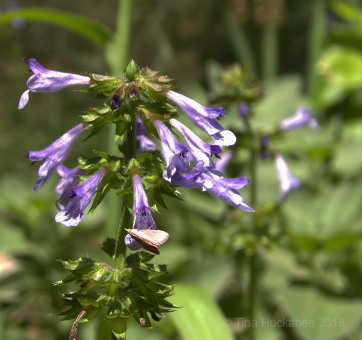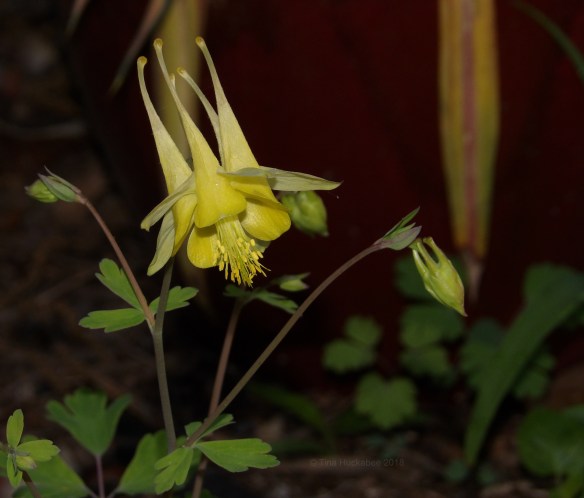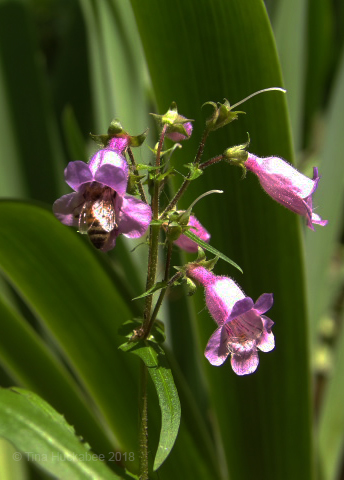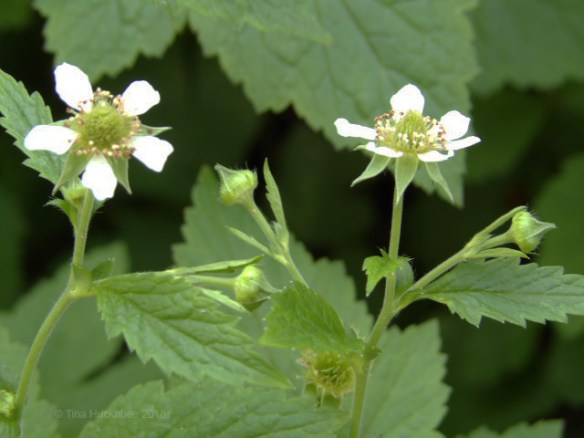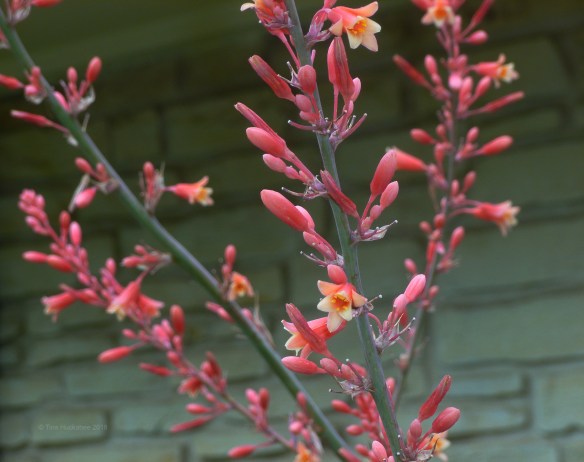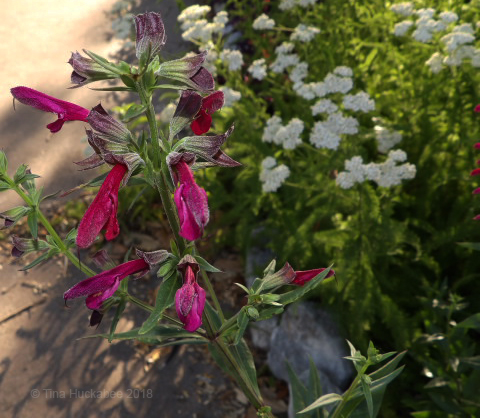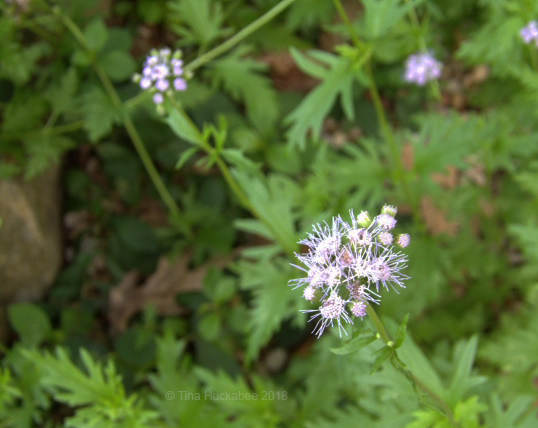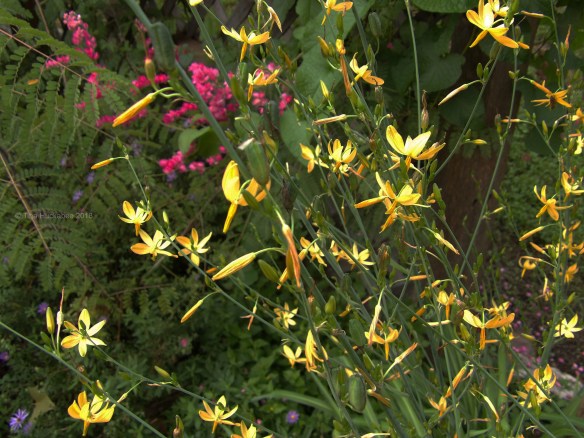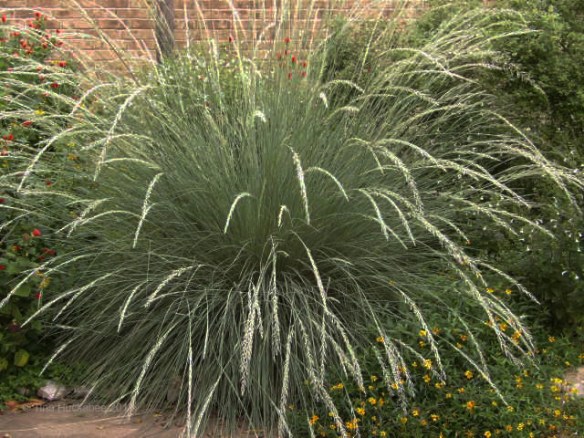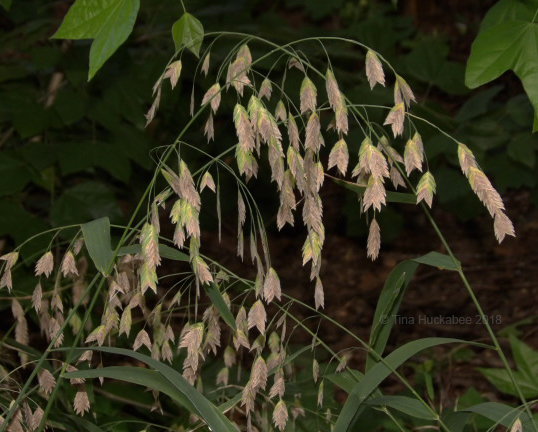Firmly ensconced in the early days of spring, the garden is flush with new foliage and floral growth, birds (and bees!) are building nests, and gardeners are keen for emerging possibilities. Here in Central Texas, we’ve forgotten that winter was a bust, with only two hard freezes for gardens and gardeners to endure. Now in March, it’s all flourish and blooming, hope and planning.
Central Texans love to talk weather and this year many are commenting that everything is early! But in my garden, things are mostly prompt in their materialization and that’s especially true of the native plants I grow. Evolved along with the capriciousness of Texas weather patterns, these hardy ones are right on schedule. Yes, the Mountain laurels bloomed somewhat early, in Austin anyhow. Those purple, drooping clusters are fading rapidly, their nectar and pollen contributions to bees and butterflies, and their gift of beauty and fragrance to human admirers, now concluded. It’s time for other spring flowers to enjoy their time in the sun.
The first columbines have opened in my garden. This is a hybrid between the native Yellow columbine, Aquilegia chrysantha and its cousin the Wild red columbine, A. canadensis.

When these two columbine kinds are planted in close proximity over a few years and with thanks to pollinators and probably, the wind, yellow flowers with a blush of red, results.

I don’t mind.
Blasts of sunny glee define these clusters of cheery Golden groundsel, Packera obovata.

My little stand has grown and expanded from two small plants to a nice carpet of evergreen, topped with spring-bright sunshine.

In autumn, I’ll pull some of these up and deliver them to a new home.

A garden is always better for more of these hardy native Texas perennials and the tiny native bees are also enthralled at their bounty.

Possibly a Ceratina sp., a small carpenter bee

Giant spiderwort, Tradescantia gigantea, pose in a range of purples.


A prolific bloomer, as well as re-seeder, I cull some of these (okay, lots of these) each spring, as well as gift as many as I can manage to unsuspecting, spiderwort-neophyte gardeners.


Astrud the Cat, seemingly unimpressed with the photographer, also contributes to spring color as she wears her lively collared accessory–her Birds be safe collar.

She’s mostly an indoor kitty, but likes to hang out with me and supervise my work in the garden. The theory behind these silly collars is that cats, who are efficient predators, are better seen by their prey–those birds we want in our gardens–if the cats have a spot of brilliant color to them. Cats’ fur doesn’t provide that bright coloration, but the patterned collars certainly oblige. Apparently, birds see colors well, even in dim light, so the collar (which fits easily over a regular bell collar) is an ideal warning that there is something hinky and possibly dangerous in the verge. We do want to protect the little foraging warblers and finches, don’t we? Of course, the best thing to do–for the safety of cats and their potential prey–is to keep cats indoors. Neither of my cats are birders, though they’ve both been guilty of catching the occasional lizard, for which they are verbally admonished, accompanied with wagging finger. Naughty kitties!
The collars flash brightness, they seem to work (insofar as the birds are concerned), and it’s also fun to laugh at the kitty wearing the clown collar.
Be it collar color or flower color, enjoy your garden: its birds, bees, and pets–and spring joy!




